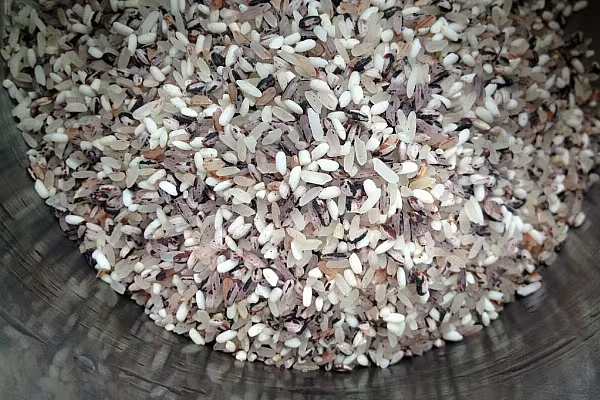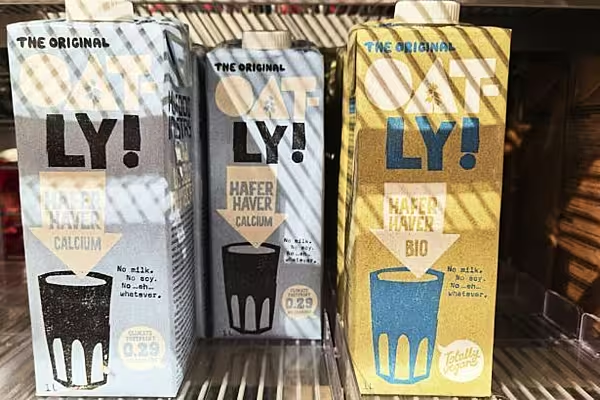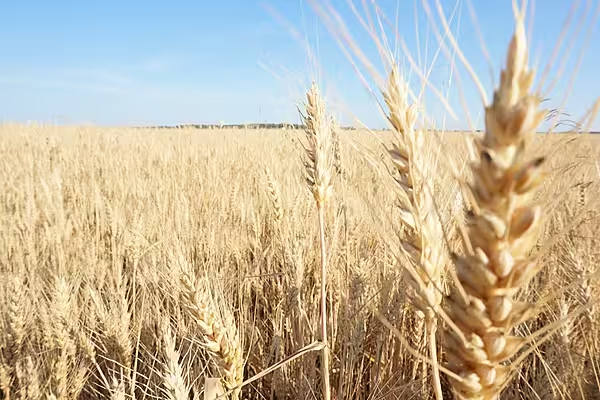China, the world’s second-largest producer and consumer of corn, will continue to reduce corn stockpiles and acreage this year as part of agriculture reforms that also include seeking self-sufficiency in rice and wheat.
Falling domestic corn prices after the government ended its price-support system last year should lead farmers to reduce acreage this year, Agriculture Minister Han Changfu said at a press conference on the sidelines of the annual National People’s Congress in Beijing. The reform has spurred market demand and led to the restarting of corn processors which were previously halted, he said.
China needs to find new ways to reduce its corn stockpiles as annual production and consumption is relatively balanced, Chen Xiwen, former deputy director with the Central Rural Work Leading Group, said Monday, forecasting reserves at 230 million tonnes.
Options include expanding fuel ethanol and corn sweetener production and using more of the grain to make film for greenhouses, he said. China’s government has previously announced plans to reduce corn planting and some provinces are subsidising processing to boost consumption of domestic grain.
“What we are lacking now is good quality and ‘green’ farm products,” Han said. Despite a slight decrease in total grain production last year, China still aims to stabilize the area planted to rice and wheat and ensure “absolute” self-sufficiency in the staple grains, including increasing subsidies in major producing regions, he said.
The ministry will also tackle agriculture pollution by reducing use of fertilizer and pesticides and asking large-scale livestock farms to treat animal waste within five years, Han said.
Given that genetically-modified technology has the potential to reduce the use of fertilizer and pesticides while boosting yields, China will continue to push the technology in the production of feed grains, Zhang Taolin, vice agriculture minister, said at Monday’s briefing. The country will maintain caution on using the technology in staple food production.
China is the world’s biggest soybean importer and buys from the US, Brazil and Argentina, which grow genetically-modified soy.
News by Bloomberg, edited by ESM. Click subscribe to sign up to ESM: The European Supermarket Magazine.














